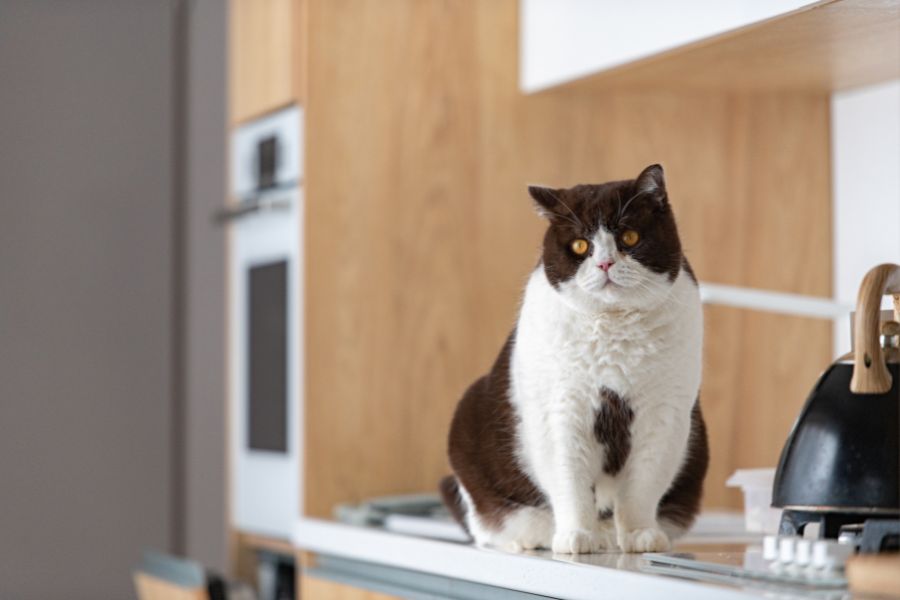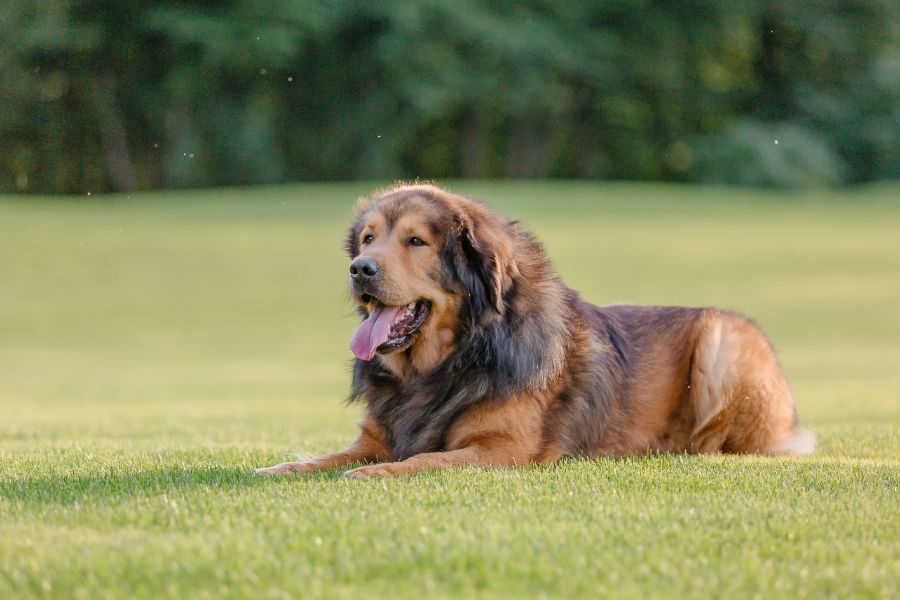National Pet Obesity Awareness Day is observed every year on October 7. This is a day dedicated to educating pet parents to recognize the health risks of obesity and take proactive steps toward better pet wellness. As human obesity rates rise, our pets are at risk of following the same trend. Unfortunately, just like their human counterparts, overweight pets face serious health challenges that can shorten their lives, diminish their quality of life and significantly affect your wallet too. Here is some information on pet obesity awareness and prevention.
The Health Risks of Pet Obesity
Just like overweight pet parents, obese pets are more likely to develop health issues such as decreased life expectancy, osteoarthritis and joint problems, diabetes, high blood pressure, kidney disease, heart and respiratory issues, as well as certain cancers. Extra weight doesn’t just make your pet slower; it places constant strain on their bones, joints, muscles, and organs. Over time, even small amounts of excess fat can increase inflammation, reduce energy, and lead to chronic pain.
What Does It Mean to Be “Clinically Obese”?
Obesity is defined as an accumulation of excessive amounts of adipose (fatty) tissue in the body. Humans use a BMI (Body Mass Index) score. At the same time, veterinarians typically assess obesity using body conditioning scores (BCS) that have a 1–9 scale to evaluate body composition, visible fat, and muscle tone. A score of 1 means the animal is severely emaciated, with visible ribs, protruding bones, and little to no fat or muscle. A score of 9 indicates extreme obesity; ribs are not palpable, the waistline is absent, and fat deposits are visible along the abdomen and spine. An ideal score of 5 represents a well-proportioned pet with a slight fat covering over the ribs and an observable waist.
What Causes Obesity in Pets?
There can be multiple factors that contribute to obesity in dogs and cats. There are cases of disease that contribute to weight gain. Conditions such as hypothyroidism and Cushing’s disease can slow metabolism and lead to weight gain. Certain medications, including steroids and anticonvulsants, may also increase appetite. Some breeds are genetically predisposed to obesity. Breeds like Labrador retrievers, Cairn terriers, Cocker spaniels, and Scottish terriers are known to gain weight. Among cats, domestic shorthairs and Persians have similar tendencies.
Typically, the big factors that lead to obesity are poor diets and lifestyle or behavior. Feeding too many snacks, table scraps, or free-choice food can cause pets to overeat. Food quality also affects pet weight. Dogs that are often fed inexpensive, high-calorie diets are more susceptible to weight gain. Similarly, cats with constant access to food are also at risk. Lastly, emotional needs or a sedentary lifestyle can lead to weight gain, similar to how it affects humans.
Emotional needs often drive overeating. Pets experiencing stress, anxiety, or boredom may eat more, especially when owners mistake begging or affection-seeking for hunger cues. In many cases, owners who are less health-conscious about their own nutrition may unintentionally apply similar habits to their pets.
How to Tell if Your Pet Is Overweight
Sometimes it’s obvious to spot an overweight pet, while sometimes you can’t tell if they’re crossing the line to being overweight. To determine if your pet might be overweight or obese, the Association for Pet Obesity Prevention (APOP) offers a variety of online tools, including, a Pet Weight Translator, comparing your pet’s weight to a human equivalent, charts of caloric values for common pet foods and treats, printable feeding and activity logs, and a visual Body Conditioning Score diagrams for dogs and cats. A veterinarian can also help assess your pet’s body condition through a physical exam and create a personalized weight management plan.
Caloric Needs and Feeding Guidelines
APOP provides helpful estimates for daily caloric needs based on weight and activity. Here is a summarized breakdown for numbers that apply to lightly active, spayed or neutered adults (ages 1–7) with less than 30 minutes of daily activity.
- 10 lb cat: 180–200 calories/day
- 10 lb dog: 200–275 calories/day
- 20 lb dog: 325–400 calories/day
- 50 lb dog: 700–900 calories/day
Inactive or indoor pets often require fewer calories, while puppies, pregnant animals, or those recovering from illness may need more. Always consult your veterinarian before making major dietary changes, especially if your pet needs to lose weight. Gradual, sustainable adjustments are key to preventing nutritional deficiencies and maintaining long-term success.
Exercise is The Missing Ingredient
Alongside nutrition, daily activity is vital for managing your pet’s weight. Regular walks, playtime, or even gentle indoor games can improve metabolism and reduce stress. If your schedule makes it difficult to exercise your pet consistently, professional dog walkers or pet sitters, like us, can help. Consistent walks not only keep your dog fit but also support mental well-being through enrichment and routine. Be sure to consult your vet for the appropriate amount of exercise for their breed, weight and age if you are not sure.
Take Action This National Pet Obesity Awareness Day
Pet obesity awareness and prevention is essential. Your pet’s weight directly impacts their happiness and longevity. By taking small, consistent steps, monitoring food portions, encouraging regular movement, and scheduling veterinary checkups, you can help your furry companion live a longer, healthier life. If you need help maintaining an active routine for your pet while you’re at work or away, contact VIP Pet Services. Our professional dog walkers and sitters are dedicated to helping pets stay fit, healthy, and full of energy — every day of the year!


